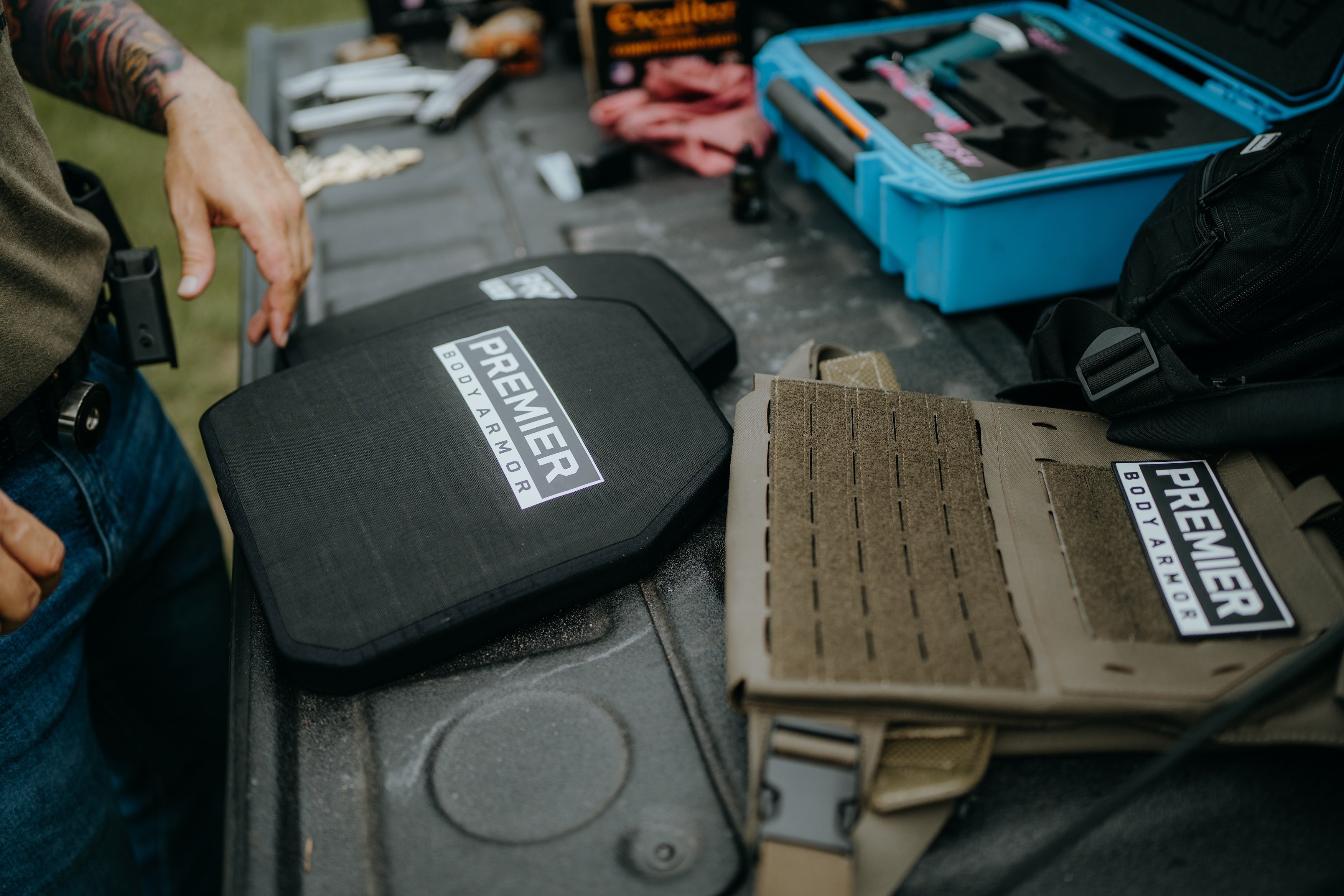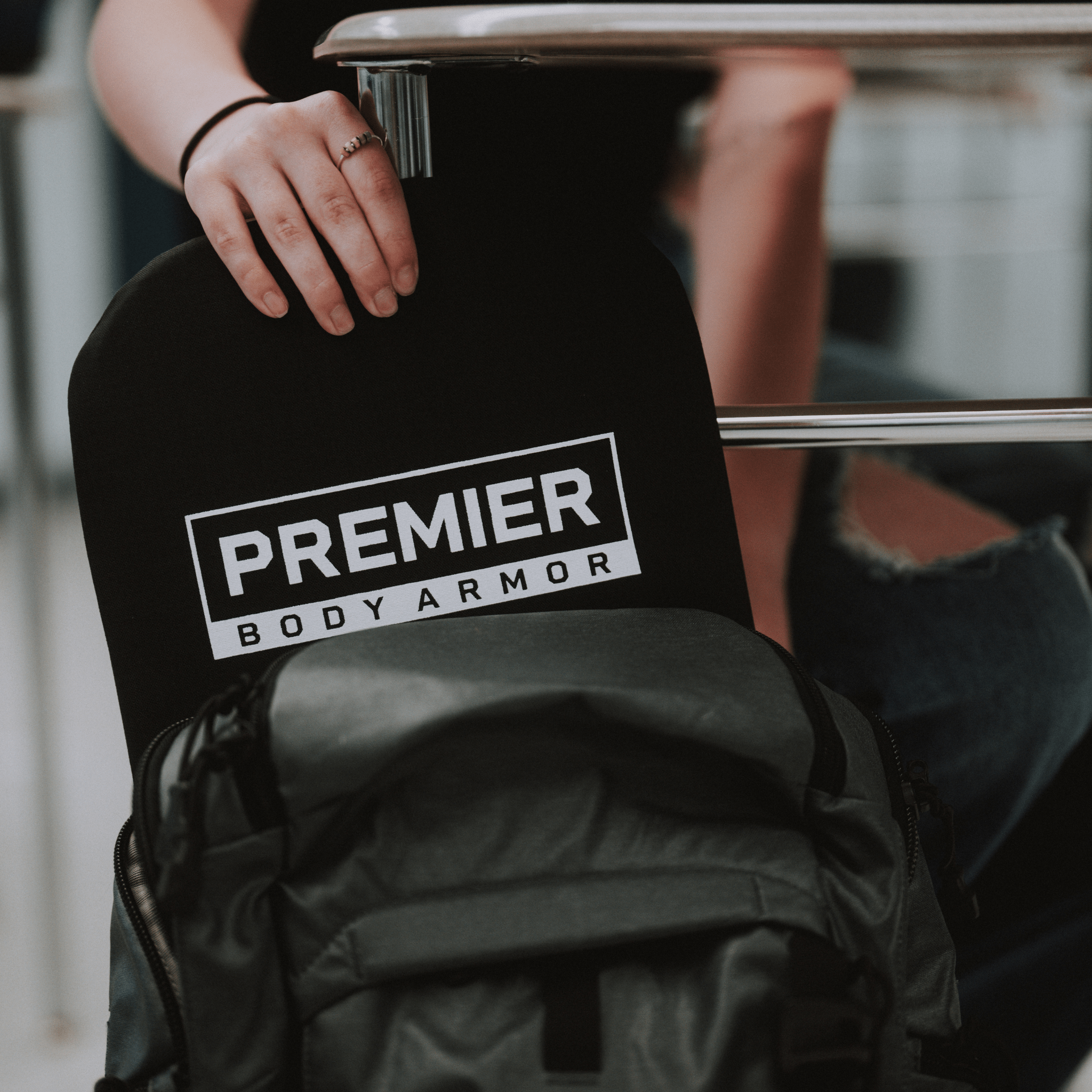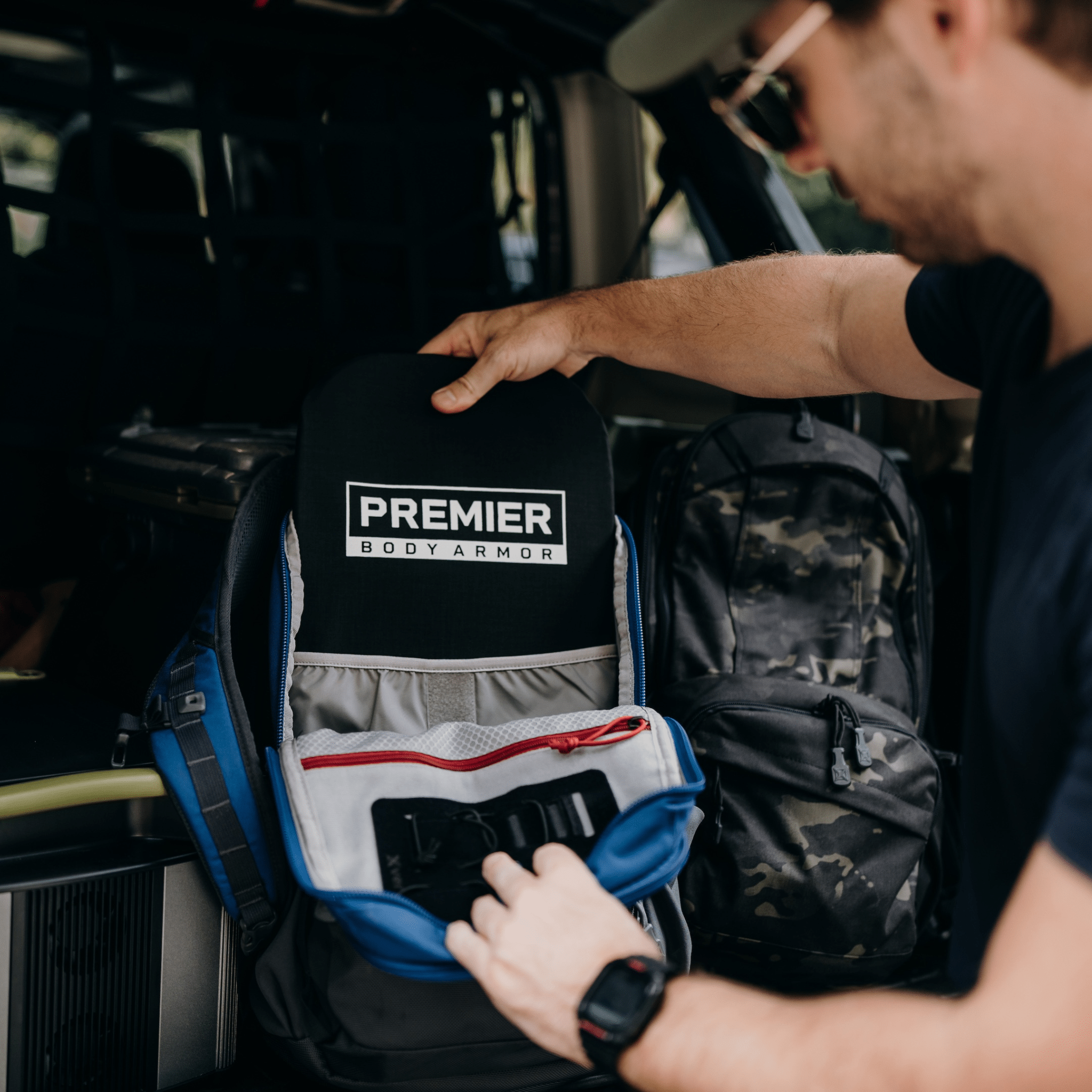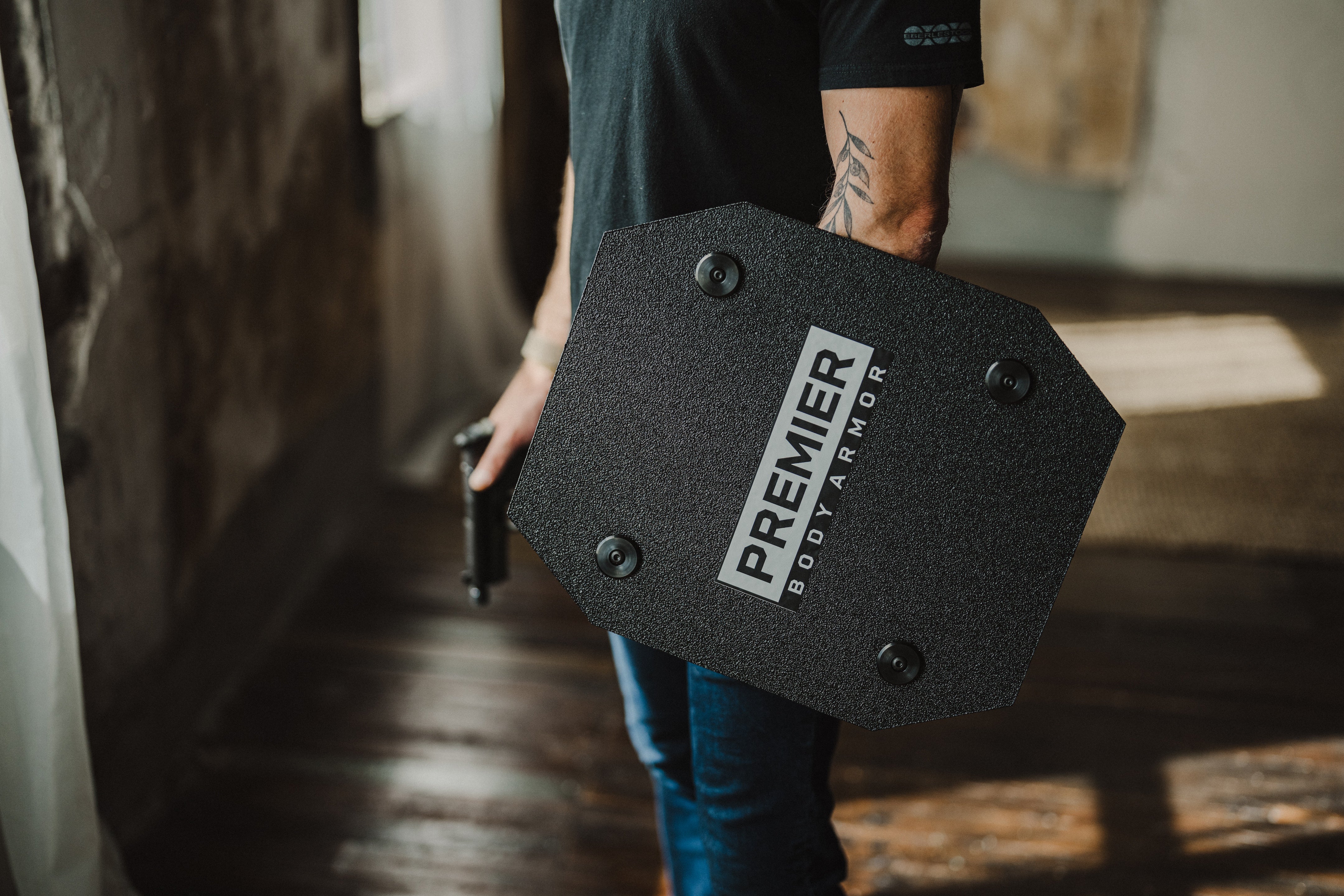How to Secure Your Home Without a Security System: 9 Ways
Not everyone wants (or can afford) a full home security system. However, that doesn’t mean that you’re out of options.
Securing your home doesn’t have to cost a fortune. In fact, there are lots of low-cost, low-tech ways that you can make it less likely that a burglar will target your home. It’s important to remember that there’s no single path to protection; you need a multi-layered approach that combines different options.
With a layered plan (doors, windows, lighting, landscaping, access control, and a solid emergency protocol) you can reduce risk fast and cheap. Below are nine proven strategies that show you how to safeguard your home without relying on expensive technology or monthly monitoring fees. With the right approach, you’ll protect your family and your property.
At A Glance
- Harden entries first: solid door, Grade-rated deadbolt (1" throw), reinforced strike plate with extra-long screws.
- Slow intruders at glass: window locks, bar on sliders, security film or laminated glazing.
- Layer your deterrence: motion lighting, strategic landscaping, smart tech, neighborhood watch, and a rehearsed plan for emergencies.
1. Reinforce Doors and Locks to Improve Home Security
Your doors themselves are the front line of door security, and they’re often the first place an intruder will test. It's the primary attack point, so treat it like armor.
Replace any low-quality entry doors with solid-core or metal doors. A solid-core or metal front door dramatically improves your defenses, but the real strength comes from your hardware. Deadbolt locks are a must, especially high-quality ones with a one-inch throw that fully extends into the strike plate.
Don’t overlook the frame, either. Reinforcing the strike plate with extra-long screws and using heavy-duty hardware helps give you a secure front door that can’t be kicked in.
If you want a personal-protection option at the door, stage a lightweight Level IIIA Home Shield in a closet near the entry. A strong door setup is one of the most cost-effective ways to keep your home secure without a system.
2. Secure Your Home’s Windows (and Sliding Doors)
Windows and sliding glass doors are weak spots and common breach points, but with the right precautions, they don’t have to be.
-
Start by adding sturdy window locks that prevent easy prying (hint: don’t rely on base-level locks from the manufacturer).
-
For sliding doors, consider a simple dowel or bar in the track to stop them from being forced open.
Another smart upgrade is to add security window film, which makes glass harder to shatter. Even if someone tries to break in, the film holds the glass together, slowing them down and buying you time. You can also go with tempered glass or polycarbonate panels.
When you’re learning how to secure your house, treating your windows like doors (fortifying them, locking them, reinforcing the glass, or replacing it with something stronger) creates a much better barrier against intrusion.
3. Install Outdoor & Indoor Lighting
One of the simplest ways to secure your home is by making sure it’s never too dark for too long. Burglars don’t like the light. They prefer the shadows and hidden corners, so good lighting is a strong deterrent.
Place motion sensor lights around entry points like doors, garages, and walkways. These lights catch intruders off guard and make them think twice before approaching.
Inside, use light timers to create the illusion of activity when you’re not home. A lamp turning on in the evening or a light switching off late at night signals that someone’s around. You don’t have to buy an expensive smart home system or virtual assistant for this, either. You’ll find mechanical and electronic timers that you can attach to most light fixtures.
Combined with exterior lighting, these steps make your property less appealing and more secure. A good rule of guidance: light what a burglar must cross.
4. Use Strategic Landscaping Around Your Home
Your yard can either invite or discourage would-be burglars. Strategic planning is one of the most underrated ways to build security landscaping into your property design.
-
Trim back overgrown bushes and trees near windows and doors to eliminate hiding spots. Burglars are less likely to approach if they can’t stay concealed.
-
Add defensive elements by planting thorny or dense shrubs under first-floor windows.
-
Fences with landscape for security in mind, like those with open designs that don’t block visibility, make it harder for intruders to move undetected.
This is security landscaping 101 and aligns with CPTED (Crime Prevention Through Environmental Design): increase natural surveillance, define boundaries, and manage access.
5. Utilize Cameras and Smart Tech For Increased Awareness
Even without a traditional alarm system, smart technology can help you increase home security.
-
Affordable security cameras are widely available, and DIY installation is pretty simple, giving you live feeds and alerts through a mobile app on your phone. Placing cameras near entry points like doors, garages, and driveways provides both visibility and deterrence.
-
A video doorbell is another important upgrade. It lets you see and speak to anyone at your door, whether you’re home or not. Remember, burglars almost always try your home’s doors before going for windows, so a video doorbell can catch them in the initial act.
-
Pair that with smart locks that offer controlled access through codes or smartphone apps, and you gain better awareness and control of who enters your home.
Research on cameras and doorbells shows mixed deterrence effects, so think of them more as visibility and evidence tools that complement physical hardening.
6. Manage Access to Your Home
Control every entry path, not just the front door. Use secure gate locks, inspect fencing for gaps to improve fence security, and keep side yards closed. Don’t forget your garage security: add upgraded locks, motion lighting, and consider disabling the opener when you’re away. Small steps that remove the “easy way in” create meaningful layers.
By controlling access around the entire property, you create multiple layers of defense that make it harder for an intruder to find an easy way in.
7. Use Home Security Signs and Decoys
Not every strategy must be high-tech or expensive. Something as simple as a security yard sign or a sticker in a window can make burglars think that your home is monitored. Even if you don’t have a system installed, these can deter intruders. Remember, thieves don’t want to get caught. They almost always prefer easy, low-risk targets.
Other cheap ways to secure your home include using dummy cameras, leaving a pair of work boots on the porch, or placing a large dog bowl by the back door. These low-cost decoys create uncertainty for potential burglars, and that uncertainty often convinces them to move on to an easier target. Pair these decoys with real hardening in the previous sections for a total plan.
8. Leverage Your Neighbors & Community
One of the most effective ways to learn how to increase security at home is by tapping into the power of your community. Neighbors who look out for each other can spot suspicious activity and alert you quickly if something seems off.
Joining or forming a neighborhood watch adds another layer of safety. Even informal arrangements like agreeing to grab a package for a neighbor if they’re not home or keeping an eye out when someone’s away help reduce vulnerability. Building these relationships not only improves safety but also strengthens your community as a whole.
9. Plan for Worst-Case Scenarios When Prevention Fails
Even with strong defenses, no strategy is foolproof. A home invasion plan and preparation reduces panic and helps everyone know exactly what to do if someone tries to get inside. Have a designated safe room, communication (911 first), rally point, and roles. Then, practice it twice a year when you change the clocks, which will help you remember.
Consider staged personal protection tools that fit your risk and training like a ballistic shield or bulletproof blanket, both portable layers of defense during an emergency. Preparation reduces panic and buys time to survive and communicate.
While prevention should always come first, preparing for worst-case scenarios makes sure that you’re ready no matter what happens.
Common pushback, answered
- “Signs, decoys, and lights won’t stop a real burglar.” True, by themselves. But they increase perceived risk and buy time. Add them on top of reinforced doors/windows and your odds improve.
- “Window film is just cosmetic.” Fragment-retention film and laminated glazing slow forced entry and reduce injury from shards. That delay is valuable during a rush-entry attempt.
- “Doorbell cams solve everything.” They help with visibility and evidence. Don’t treat them as primary security. Pair with physical hardening and a practiced plan.
Final Thoughts on Protecting Your Home Without a Security System
Learning how to safeguard your home doesn’t always require expensive alarms or monitoring contracts. By reinforcing entry points, improving lighting, using smart tech, and leaning on your community, you can reduce your risk of intrusion. Each strategy builds on the others, creating layers of protection that make your property far less appealing to intruders.
If you’re wondering how to increase security at home without a system, remember that consistency is key. Keep doors locked, light key areas, stay proactive with yard maintenance, and create an emergency plan. By blending simple upgrades with smart habits, you’ll enjoy greater peace of mind and a safer home environment.
Protecting What Matters Most
At the end of the day, securing your home is about taking ownership of your safety. You don’t need an expensive system to feel protected. You just need a thoughtful plan and the right mix of tools.
From reinforced doors and locks to lights, landscaping, decoys, and community support, these nine strategies will help you keep threats at bay. Prevention and awareness work together to make your home a place where your family feels safe.
Ready to take the next step in protecting your home? Start by putting these strategies into action today. For additional resources and protective gear designed to give you the upper hand, explore Premier Body Armor’s full lineup.
FAQs
What’s the most cost-effective way to secure a home without a system?
Start with doors: solid-core/metal slab, Grade-rated deadbolt with a 1" throw, reinforced strike/hinges, and 3–3.5" screws. Then add window locks and motion lighting. Those upgrades deliver the biggest risk reduction per dollar.
Do motion lights and timers really help?
Broad street-lighting results are mixed, but targeted motion lighting at entry paths raises perceived risk and attention. Timers make the home look occupied. Use both at the places an intruder must cross.
Are video doorbells and cameras worth it without monitoring?
They boost awareness and provide evidence. Treat them as complements, not substitutes, for physical hardening (doors/windows) and a practiced plan.
What is a simple home invasion plan?
Pick a safe room, establish communication strategy (911 first), set a rally point, assign roles, and rehearse twice a year. Stage essential tools (phone, med kit, light, protective shield) where you can grab them fast.
How do I secure sliding doors?
Add a track bar/dowel, anti-lift pin, secondary lock, and film/laminated glazing if glass is exposed.










All kinds of great advice thank you so much and thank you for the premier body armor that you produce It’s the best in the world I’ve been wearing your body armor for years I don’t trust anybody else! Love you guys!
Leave a comment